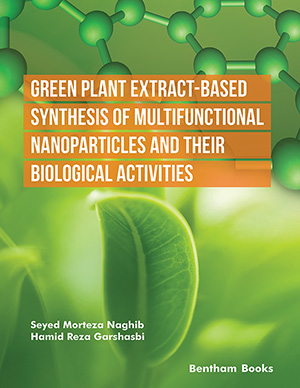Abstract
Self-healing systems have a high capacity for regeneration, managing to regain their functionality after suffering structural damage. This characteristic provides the materials with high durability and security in their use. Living organisms are the ideal self-healing systems, which is why they have served as inspiration for the development of these materials. Self-healing synthetic systems also show biomimetic characteristics and are widely studied as biomaterials. Different ceramic, metallic and polymeric materials can show self-healing capacity, although the polymeric selfhealing systems have versatility, adaptability, and ease of synthesis. This chapter describes the general aspects, properties, and classification of polymeric self-healing materials, focusing on extrinsic and intrinsic self-healing materials. The self-healing behavior of extrinsic materials depends on microcapsules and vascular structures that act as healing agents’ delivery systems. The self-healing behavior of intrinsic materials is governed by the presence of a dynamic crosslinking based on dynamic covalent bonds or non-covalent intermolecular interactions. In addition, examples of current developments in this field are shown.
Keywords: Biomaterials, Covalent bonds, Dynamics, Hydrogels, Intermolecular forces, Non-covalent interactions, Polymeric networks, Regenerative, Selfhealing.






















